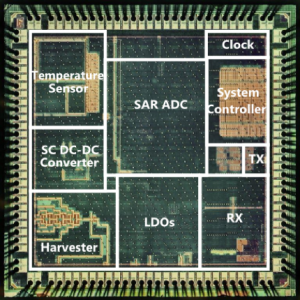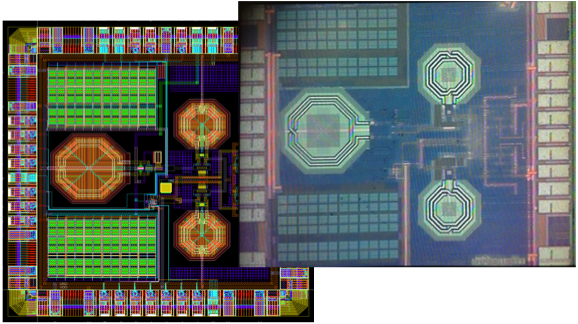
Figure 1. SmartWire power line sensor node.
The Microelectronics and Microprocessors Laboratory (MICROLAB), established in 1987, is tasked with developing the integrated circuit (IC) design capabilities of the Electrical and Electronics Engineering Institute of the University of the Philippines Diliman. The goal of the laboratory is to produce globally competitive engineers and technologies to further grow and develop the Philippine semiconductor and electronics industry.
From 2000 up to 2010, the three main thrusts of the MICROLAB were (1) radio-frequency (RF) IC design, (2) analog and mixed-signal design and (3) low-power RISC microprocessor design. During this decade, the MICROLAB has successfully designed and implemented 17 integrated test chips ranging from basic building blocks to complex systems, resulting in more than 40 graduate (M.S. thesis) and more than a hundred undergraduate student projects.
Building on the successes of the past decade, more complex systems, are now being examined at the MICROLAB. One example of such a system is the SmartWire sensor node platform. The objective of the SmartWire program is to develop the necessary methodologies and technologies in order to enable the creation of inexpensive, pervasive, reliable and self-powered single-chip sensor node platforms that can be embedded into power transmission wires making the transition towards a smarter, more efficient, robust, and reliable Philippine power grid.

